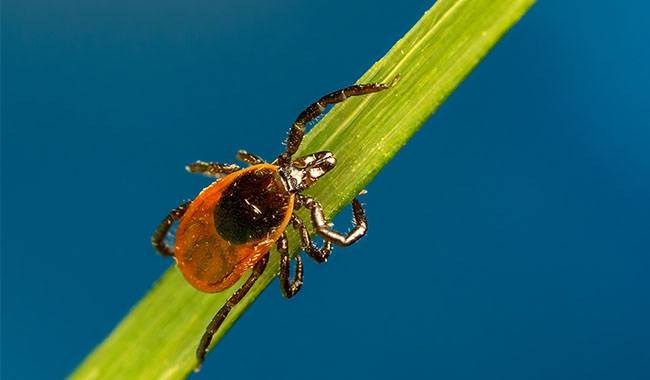
Mite (Acari or Acarina) is a subclass of arthropods with small spider-like pests under the microscope. Mite (Acari or Acarina) is classified as pathogenic and herbivorous. For many gardeners and garden enthusiasts, Mite (Acari) is a completely unknown world. They are not insects and should not be confused, especially when using plant protection products. Mite (Acari or Acarina) is one of the oldest organisms on the planet.
The fossil remains of ancient Mite (Acari) reached enormous sizes. They survived until today because they began to lose weight, thus reducing their need for food, and consequently developed greater adaptations to their environment. Today, there are more than 50,000 species of Mite (Acari or Acarina). The attitude towards Mite (Acari or Acarina) is twofold. On the one hand, mites (Acari or Acarina) are dangerous pests and disease carriers. But, on the other hand, they are living organisms that bring many benefits.
Among the described species, only a few can be classified as true parasites. These are pathogenic Mites (Acari) that spread and cause diseases in humans and animals. Some Mite (Acari) species are herbivorous Mite (Acari), adapted to live and feed in woody and herbaceous flora of certain forests and parks. Some of them feed on the sap of cultivated fruit and vegetable plants and are classified as pests. They cause great harm not only to agriculture but also to the food industry, causing spoilage of flour, grains, and animal diseases.
It should be noted that the vast majority of Mite (Acari) species are carnivores or predators. They feed on soil organic matter, thus promoting its decomposition into humus. As predators, they benefit by destroying other pests.
THE EXTENT OF THE DAMAGE CAUSED BY MITE (ACARI)
Is this tiny pest really that terrible? A simple calculation shows that if only 50 larvae (capable of laying 200 eggs) of each female survived in their offspring, the number of individuals would cover 2 circles of the earth, based on 15 generations per year. Thus, even if the initial Mite (Acari) population in an orchard is small, it can produce a sudden epiphytic outbreak of the pest in the shortest possible time, leading to the death of the infested crop. Kidney mites are particularly dangerous to plants. Their number in a bud is 100 or more. Therefore, they are one of the most dangerous pests in plants.
MITE (ACARI) SPECIES
In the course of phylogeny, a certain group of Mite (Acari or Acarina) becomes polyphagous, while another group acquires a special characteristic – host selectivity.
Even a short list of them, when they appear on the garden plots, makes you think about their danger. Without delving into a taxonomy (which amateur gardeners don’t really need, you can always find material if necessary), we can distinguish several groups of Mite (Acari). Mite (Acari or Acarina) of trees and shrubs that damage conifers: boxwoods, pines (spruce, pine, etc.), cypresses (Thuja, Juniper, etc.), yews, and many others.
Mite (Acari or Acarina) permanently inhabits broad-leaved species.
- Forest and park trees (Alder, Willow, Basswood, Oak, etc.)
- fruit crops (apple, pear, quince, plum, walnut, rowan, hawthorn, vine, aloe, currant, strawberry, etc.)
According to plant taxonomy, Mite (Acari) is divided into several families, including the superfamily of garden phytophagous mites that settle on fruit and berry crops.
Garden Mite (Acari) are respectively as follows.
- Mite (Acari).
- Mite (Acari).
- Brown Mite (Acari).
DESCRIPTION OF GARDEN MITE (ACARI)
Mite (Acari) belongs to a very small group of spider-like specimens. The body length of males ranges from 0.03 mm to 0.4inch (1 cm) and that of females from 0.05 mm to 1.2inch (3 cm). The body is rounded, covered with bristles or sometimes tiny warts, and divided into 2 parts, the thorax and the abdomen. The head has 2 pairs of simple eyes. mite (Acari) pierces tissues and sucks plant sap with its prickly-sucking mouthparts. Six pairs of appendages, which act as legs, help the animal to move. The legs have five parts. Hence the name arthropod. The body color is red, brown, gray-green, yellow-green, or green, depending on the color of the main host.
SIGNS THAT PLANTS ARE INFESTED WITH GARDEN MITE (ACARI)
Common signs of garden Mite (Acari) infestation are wilted plants with curled leaves and no visible damage. If you examine the leaves of your garden plants closely, under magnification, you will find tiny yellowish or white dots on the back of the leaves, which are Mite (Acari) puncture points. The individual spots merge in a short time into spots clearly visible to the naked eye, and the shoots with leaves remain wrapped in a thin, barely visible web, sometimes as thick as felt. If there is a large accumulation of pests, very small, gray, dry scales (like dandruff) can be seen on the back of the leaves. These are the remnants of the larval coating after molting. Spider webs act as natural enemies and agents of protection against pests. Each species has unique signs of damage that allow you to immediately determine which Mite (Acari) has settled on the plant.
Signs that a plant is infested with Mite (Acari)
Spider mites (Tetranychidae) are the best known and most widespread Mites (Acari). There are over 1200 species of Mite (Acari) found everywhere, including Antarctica. These are very small insects. Males are 0.3-0.6 mm, and females are up to 1 mm. The yellow-green color of the leaves allows Mite (Acari) to lead a secretive life. Leaves damaged by Mite (Acari) turn brown, curl and fall off. In the fall, females lay up to 10-12 eggs per day.
In areas with long warm periods, up to 25 generations of spider mites hatch each year. Eggs are attached to the stalks of weeds by Mite (Acari). Spider mites can destroy up to 80% of crops (e.g., grape spider mite or felt mite). According to experts, the pest is a vector for virus infections of gray rot, agricultural and ornamental crops.
Signs of Mite (Acari) infestation
Anatomically, Mite (Acari) (Eriophyidae) differs from brown mites and spider mites by the absence of hind legs. This species has only 2 anterior pairs, and the posterior pair has atrophied. Favorite garden crops are cherry plum, pear, and plum trees. Damaged leaves form outgrowths of galls in which the Mite (Acari) settles and “enjoys all the conveniences.” The leaves themselves become covered with bumps and curl up. This Mite (Acari) lives and reproduces in the galls throughout the warm season. If you can see Mite galls on wilted and twisted leaves, the plant is infested with Mite (Acari). If you see such branches on trees and shrubs, cut them down carefully and burn them. the presence of Mite (Acari) also manifests itself in the “witch’s broom,” a bunch of sterile shoots with underdeveloped leaves.
Signs of Mite (Acari) infestation in brown gardens
The brown mite’s favorite habitat is orchard crops, with a particular preference for apple trees. This Mite (Acari) is characterized by its reddish-brown color. Females lay eggs in the flower buds, and by the end of the flowering period, young females lay new eggs for the next generation. By the end of summer, thousands of almost invisible Mite (Acari) wrap themselves around the leaves and destroy the trees by dehydration. The plants become weak and die.
DEVELOPMENTAL CYCLE AND REPRODUCTION OF MITE (ACARI)
Fertilized adult females and eggs hibernate under the bark, in cracks in the bark, and fallen leaves. In spring, when the air temperature rises above 53°F (12°C), females awaken from hibernation and move to the leaves and buds of plants where they feed heavily and lay new eggs.
From the fall eggs, a new developmental cycle begins, which may vary from 6-7 to 20 days, depending on the ambient temperature. Mite (Acari) form up to 25 generations per year in enclosed locations. In garden plots, they form 6 to 10 generations during the warm season (especially in southern regions). Females live up to a month and are capable of laying up to 200 eggs during that time.
A generation goes through the following stages of development over time.
- Eggs remain viable for up to 5 years.
- The larvae hatch from the eggs on the third day and live for 1 day.
- The worm develops for 4 days and matures into a sexually differentiated adult.
Thus, a generation takes only 8-9 days under optimal conditions in any area. Females are larger than males. Each stage of Mite (Acari) development is accompanied by a molt. As we can see, Mite (Acari) has very high fertility and a short developmental cycle that promotes its rapid reproduction. Reproduction stops only during cold winter weather and resumes in spring, continuing until the next cold spell.
MITE (ACARI) DISTRIBUTION AREA
In the United States, the most widespread Mite (Acari) is the Garden Mite (Acari). The distribution area includes black and non-black soil areas in Europe, the U.S., and other countries. mite (Acari) has moved further into northern areas, but it can only form 1-2 generations under limited warm period conditions. As a species in the south, brown garden Mite (Acari) is the most damaging and can form 4-5 full generations during the warm season. Mite (Acari) is less common and most often reproduces on certain gardens, forests, and park crops.
CONTROL OF MITE (ACARI)
Methods of Mite (Acari) control include the following.
- Preventive and precautionary.
- Agricultural methods.
- Chemicals.
- Biological.
- Traditional.
Preventive control measures
Preventive control measures not only help to protect the crop from mites (Acari) but also from other pests that overwinter on or under the trees.
Keep the area clean. You don’t have to constantly eliminate weeds or keep the soil from being shaded by summer burns. Before they overgrow, you can cut them back to a tall – up to 4inch (10cm) – stubble. This will save moisture, and the weed’s roots will help keep the soil loose. And in the fall, they will replenish the soil with organic matter as they dig.
In the fall, clear the soil under the canopy of dried leaves and branches, pruned shoots, and other debris.
During fall and spring pruning, remove any diseased, dead, or flaking bark from trunks and scaffold branches.
Always bleach tree holes with a freshly prepared lime solution containing copper sulfate and other ingredients.
Trapping tape must be worn and changed monthly during the summer. During harvest, it is obligatory to wear trapping tape and replace it with a new one after leaf fall. Destroy the old ones.
Agricultural techniques
Pay attention to the agronomic requirements of the crop: watering, nutrition, protection measures, etc.
Plant only approved pest-resistant cultivars.
Cultivars that receive the necessary organic mineral nutrients in a timely manner improve resistance to pests.
Mite (Acari) does not tolerate humid conditions. Therefore, in hot, dry weather (dry periods) it is necessary to water the garden and its surroundings. This simple technique (especially in the spring when the first generation develops) will get rid of the parasite, and the released plants will recover quickly.
Chemical measures to control Mite (Acari)
If pests invade the garden and the surroundings, you can not do without chemicals. But you must be aware of their negative impact on human, animal, and insect health and take all measures to protect your health and the environment. The dilution of the preparations, the spraying of plants, and the recommended intervals of application must be strictly followed.
Mites (Acari or Acarina) are not insects. They are a group of arthropods, and insecticides are not suitable for their control. A group of acaricides and insecticides have been developed for the control of Mite (Acari or Acarina). They are all classified as dangerous to humans and animals. The effect on pests is intestinal contact. The number of plant treatments depends on the ambient temperature.
The higher the temperature, the shorter the interval between treatments. At an average of 64-71°F (18-22°C), we administer 3-4 treatments in 1-2 weeks. If temperatures rise above 77-86°F (25-30°C), the treatment interval is reduced to 3 to 4 days because incubating females do not have time to mature and lay new eggs.
It is possible to treat orchard crops in the spring to prevent mass emergence from hibernating sites.
- 10% carbosulfuron (75 g/2.5 Gal water)
- 10% trichloromethane (50-100 g/2.5 Gal water)
Two sprays with the one containing Deltamethrin acaricide are effective; you must use 2-5 and 20-30 ml of the preparation per 2.5 Gal (10 liters) of water, respectively.
In summer, tank mixes are effective. Insecticides for aphids, codling moths, and other caterpillars can be added to chaparral, isophor, or colloidal sulfur at 20, 60, or 100 g per bucket of water. The compatibility of the additives should be tested in advance.
Currently, the most common formulations are Actellic, Abamectin, and Agravertin. Please note a new class of pest killers. They act as inhibitors of lipid metabolism and can replace systemic acaricides to some extent (no effective acaricides are currently on the market).
Among chemical agents, lithosulfide and colloidal sulfur can be recommended to treat berries. Colloidal sulfur solutions are very effective on strawberry Mites (Acari).
The last chemical treatment must be applied no later than 35 days before harvest. Pay attention to the frequency of egg production. The most frequent is in June, the least in March and October. The frequency of protective measures must be changed accordingly.
Biological control measures of Mite (Acari)
For private garden plots, biological control methods are the most suitable. Biological preparations are based on beneficial soil fungi and bacteria and are not harmful to humans, animals, fish, and useful insects. 2-3 days later, berries and fruits are ready for use as food.
However, when using it, you should be aware that 1 or 2 sprays are not enough. Plants must be treated systemically for a long time (at least 5-6 treatments). The efficiency of the preparation is reduced in temperatures below 64 °F (18 °C) and in humid weather. The results of the treatment are evident on the 2nd-4th days.
Bitoxybacillin biopesticides (dioxin in the biological forest protection system) are effective against the herbivorous Mite (Acari). At the same time, these biological agents can kill up to 5-10 species of sucking and biting pests.
By the way, these preparations can also be used for the protection of indoor and greenhouse plants. The concentration of the treatment solution and the frequency of spraying can be found in the documentation accompanying the biological preparations. Increasing the concentration of the solution yourself will not be as effective as expected but will incur additional financial costs.
Folk remedies for the control of Mite (Acari or Acarina)
The use of folk remedies involves preparing solutions and infusions from plants with acaricidal properties and using them to treat the plants. When preparing herbal solutions, you must act with caution and take personal precautions. Acaricidal/insecticidal plants can be classified as chemical agents in terms of their effects on human and animal health. Therefore, it is best to use non-toxic plants (excluding hemlock, milk thistle, aconite, etc.).
Spray only at night when beneficial insects (bees, bumblebees, beneficial insects) are not working in the garden. Solutions from herbs and other green plants belong to the group of preventive control methods. If the pests proliferate, it is necessary to switch to more effective preparations, preferably from the biological group.
Human-friendly ones can be recommended by spraying plants as follows.
- decoction of onion husks.
- Infusion of pine needles or garlic. Infusion of young shoots of garlic is effective.
- 200-400 grams of dandelion leaves and roots soaked in 2.5 Gal (10 liters) of heated water for two hours is effective against leaf mites and thrips.
- Add about 2.2 Lb (1 kg) of dried groundmass of celandine to 2.5 Gal (10 L) of boiling water, keep in a closed container for 1.5-2 days, and sprinkle the plants with the filtered solution. The solution is also effective against aphids and thrips.
- The leaves of alder were used to protect the roots of young seedlings from root mites. Use one cup of dried alder leaves per liter of boiling water. Soak for one day. Heat to 104-122°F (40-50°C) and submerge the roots of seedlings in the solution for 5 minutes.
- In spring, treat shrubs and small trees (seedlings) with a laundry soap solution for preventive purposes.
- The use of ash infusion is effective. Pour a cup of ash in 1.3 Gal (5 liters) of water. Infuse for 2-3 days. Filter and add 30-50 g of laundry soap or green soap. Spray the plants.
- For the same effect, add 2-3 ml of paraffin solution to 2.5 Gal (10 liters) of water and add 30-40 grams of soap.
- You can protect gooseberries and currants from Mite (Acari) by placing water jars and fresh black and red elderberry branches between bushes.
- Plants that repel Mite (Acari) include pyrethrum species – e.g., cosmos, marigolds, marigolds.
More related information about garden pest




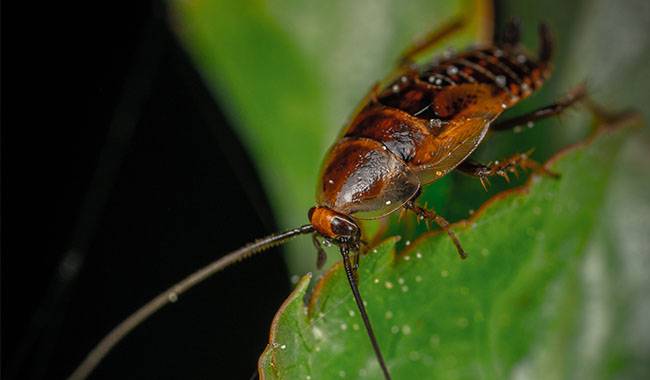
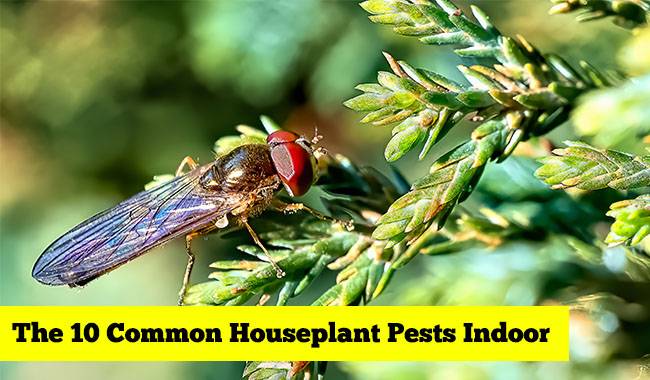
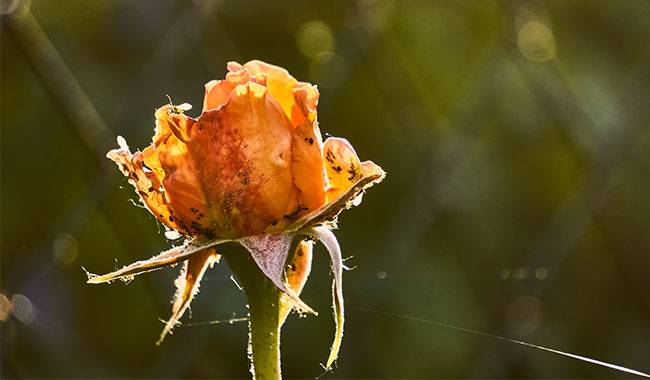
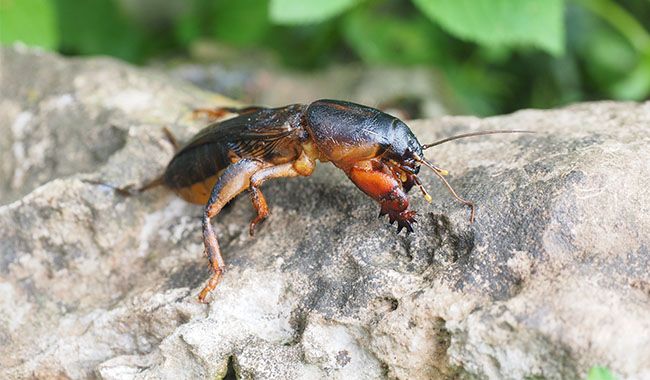
I was curious if you ever considered changing the layout of
your website? Its very well written; I love what youve got to
say. But maybe you could a little more in the way of content so people could connect with it better.
Youve got an awful lot of text for only having 1 or 2 images.
Maybe you could space it out better?
I truly love your website.. Excellent colors & theme. Did you build this site yourself?
Please reply back as I’m attempting to create my very own site and want to find out
where you got this from or what the theme is named. Appreciate it!
Woah! I’m really digging the template/theme of this site.
It’s simple, yet effective. A lot of times it’s hard to get that “perfect balance”
between usability and appearance. I must say you have done a fantastic job with this.
In addition, the blog loads super fast for me on Safari.
Exceptional Blog!
My relatives all the time say that I am wasting my time here at net, but I know I am getting
know-how all the time by reading thes good content.